On the night of November 4, astronomy lovers have the opportunity to admire the Taurids meteor shower, a small meteor shower with about 5-10 meteors per hour.
The Taurids meteor shower runs annually from September 7 to December 10, peaking on the night of November 4.
What's unique about the Taurids meteor shower is that it appears as two separate beams. The first beam is created by dust particles left behind by Asteroid 2004 TG10. The second beam is formed by debris left by Comet 2P Encke.
The Taurids meteor shower peaks this year during the penumbral period, so observations may be affected. However, if you are patient and have suitable weather conditions, astronomy enthusiasts can still admire the long and beautiful ice threads.
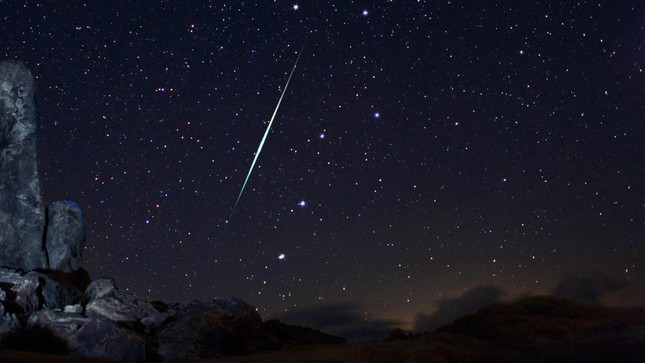
There are two minor meteor showers in November.
After the Taurids meteor shower, astronomy lovers can admire the Leonids meteor shower.
Caused by dust particles left behind by comet Tempel-Tuttle, the Leonids meteor shower runs annually from November 6-30, peaking on the night of November 17 and early morning of November 18 with about 15 meteors per hour.
The time to observe the Leonids meteor shower this year coincides with the crescent moon, so observation conditions are quite favorable.
The best time to observe meteor showers is after midnight, choose a clear place with little light and air pollution. Note, check the weather if you intend to observe.
Meteor showers are more common than many other astronomical phenomena. Every year, astronomy enthusiasts have the opportunity to admire more than a dozen meteor showers.
The biggest of these are the Perseids meteor shower which takes place every August and the Geminids meteor shower which takes place every December. At their peak, these two meteor showers can produce 60-80 meteors per hour.
(Source: Tien Phong)
Source


![[Photo] Looking back at the impressive moments of the Vietnamese rescue team in Myanmar](https://vstatic.vietnam.vn/vietnam/resource/IMAGE/2025/4/11/5623ca902a934e19b604c718265249d0)


![[Photo] "Beauties" participate in the parade rehearsal at Bien Hoa airport](https://vstatic.vietnam.vn/vietnam/resource/IMAGE/2025/4/11/155502af3384431e918de0e2e585d13a)


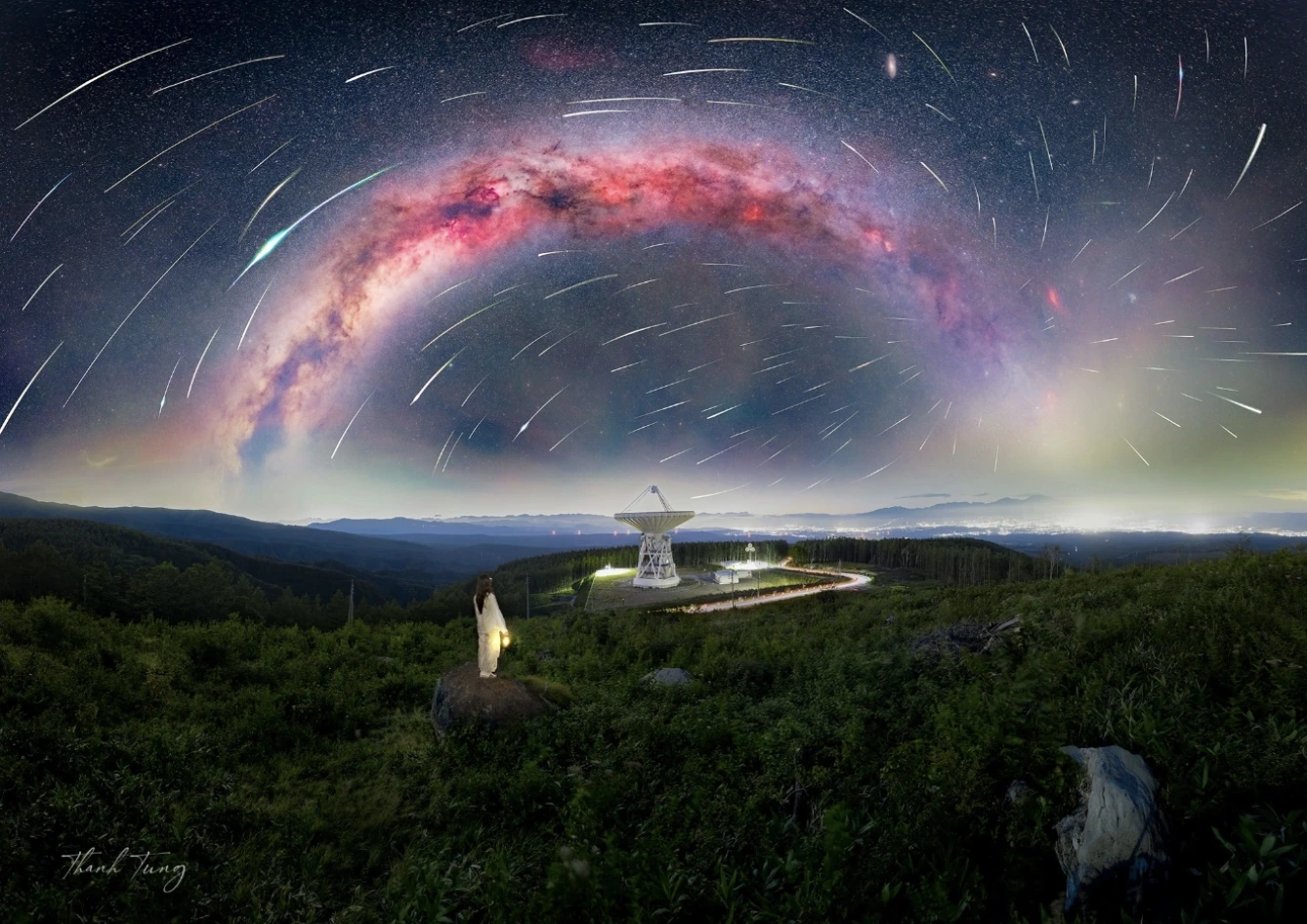

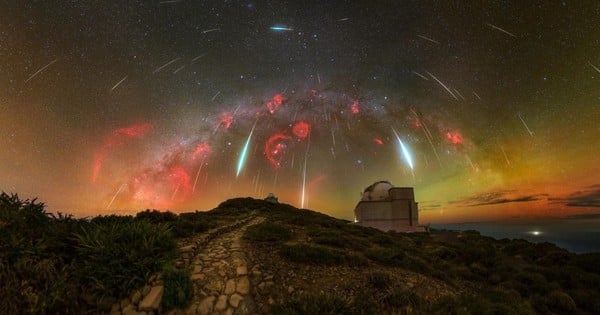

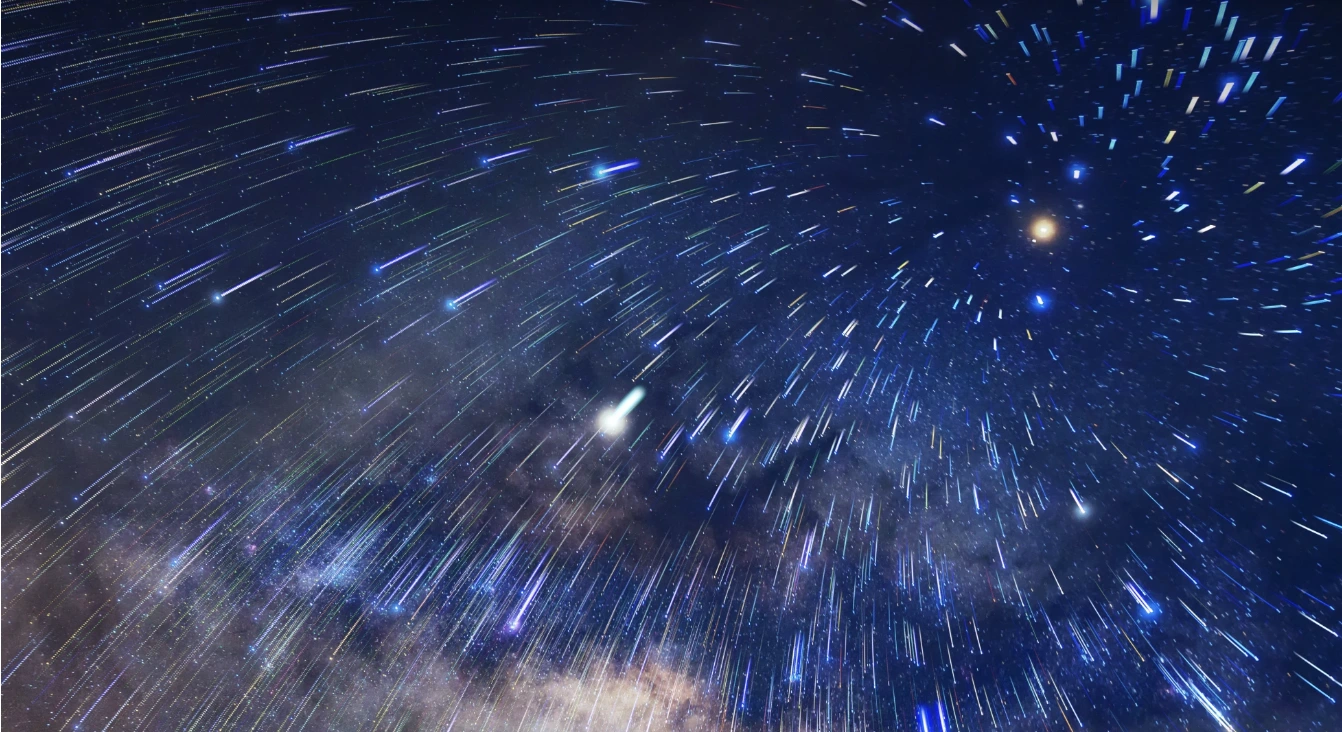
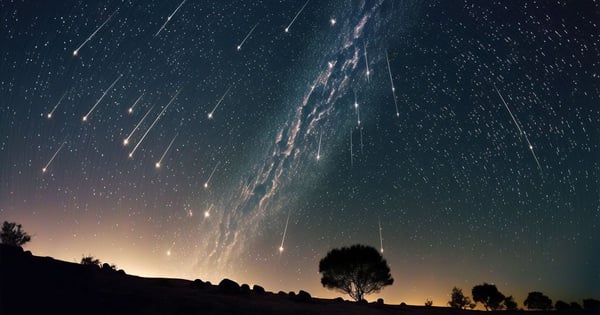
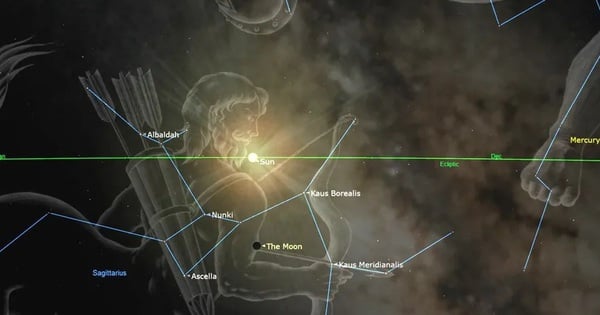
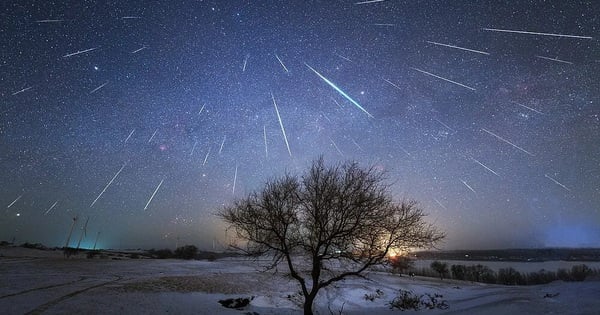



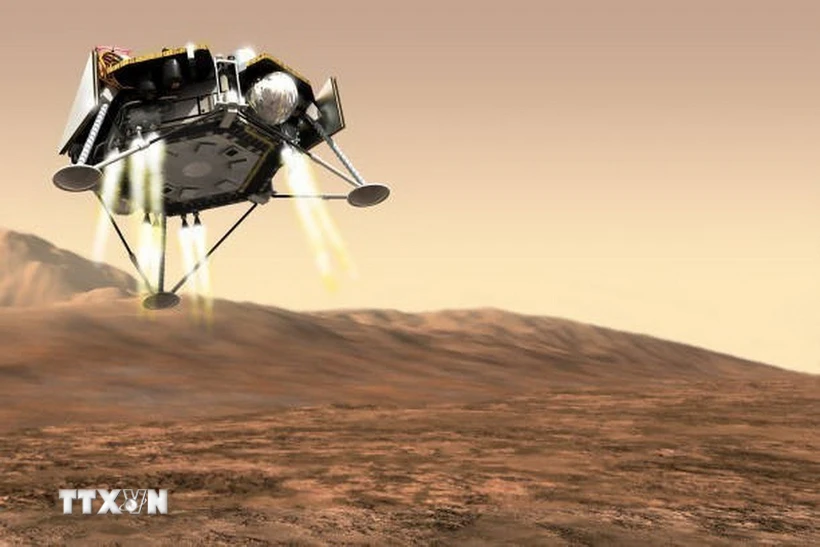










![[Photo] Summary of parade practice in preparation for the April 30th celebration](https://vstatic.vietnam.vn/vietnam/resource/IMAGE/2025/4/11/78cfee0f2cc045b387ff1a4362b5950f)














































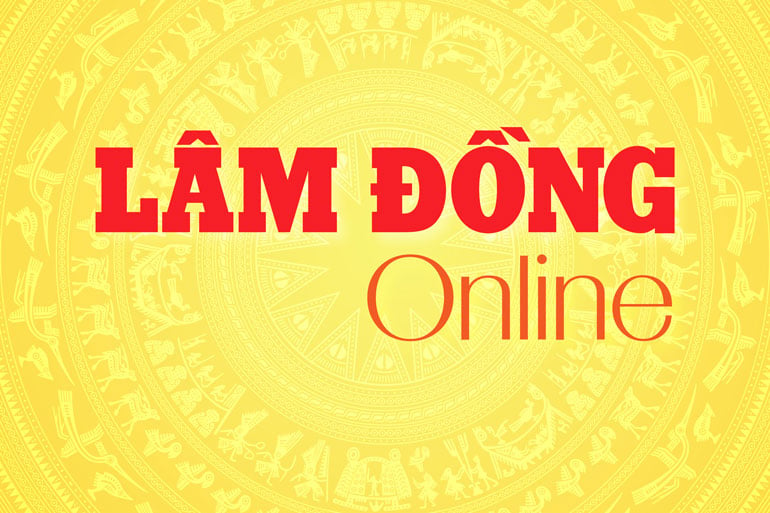















Comment (0)